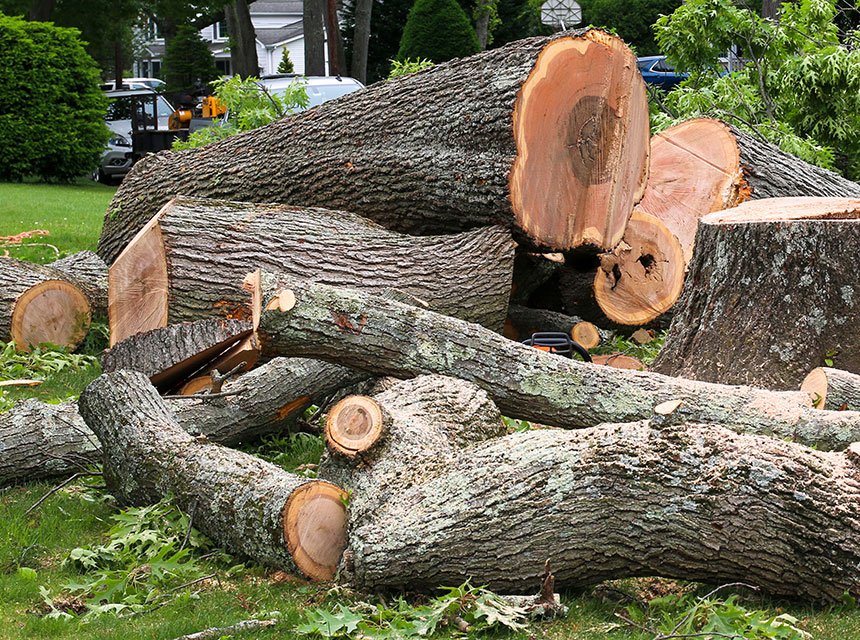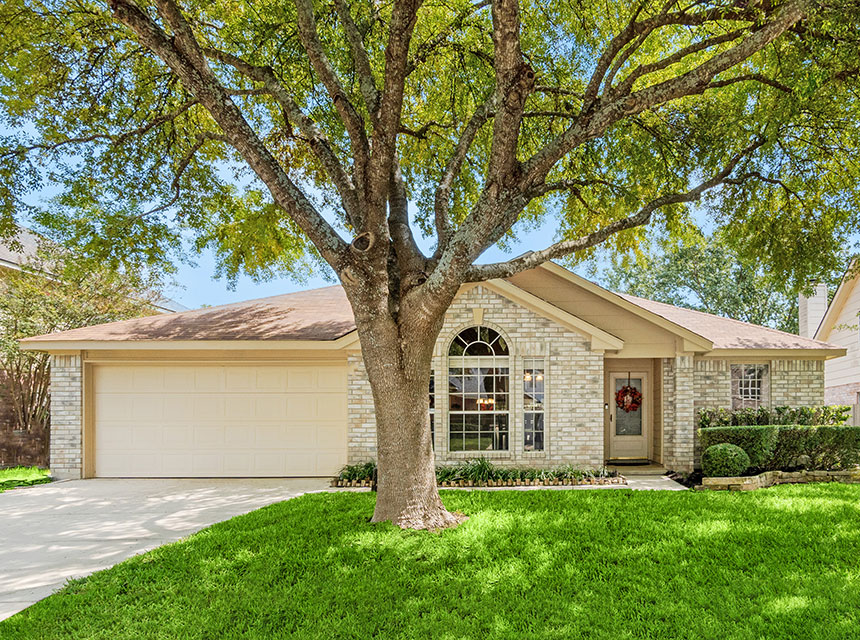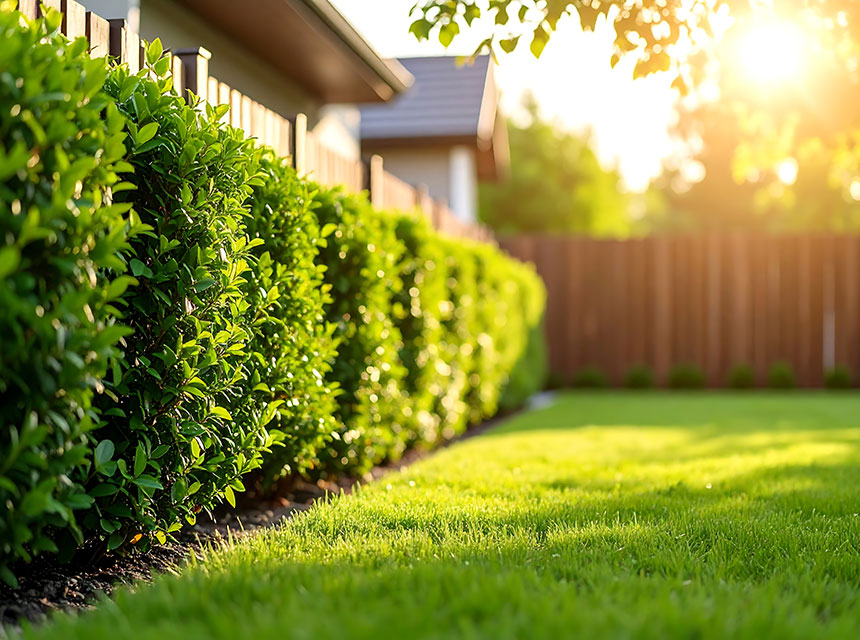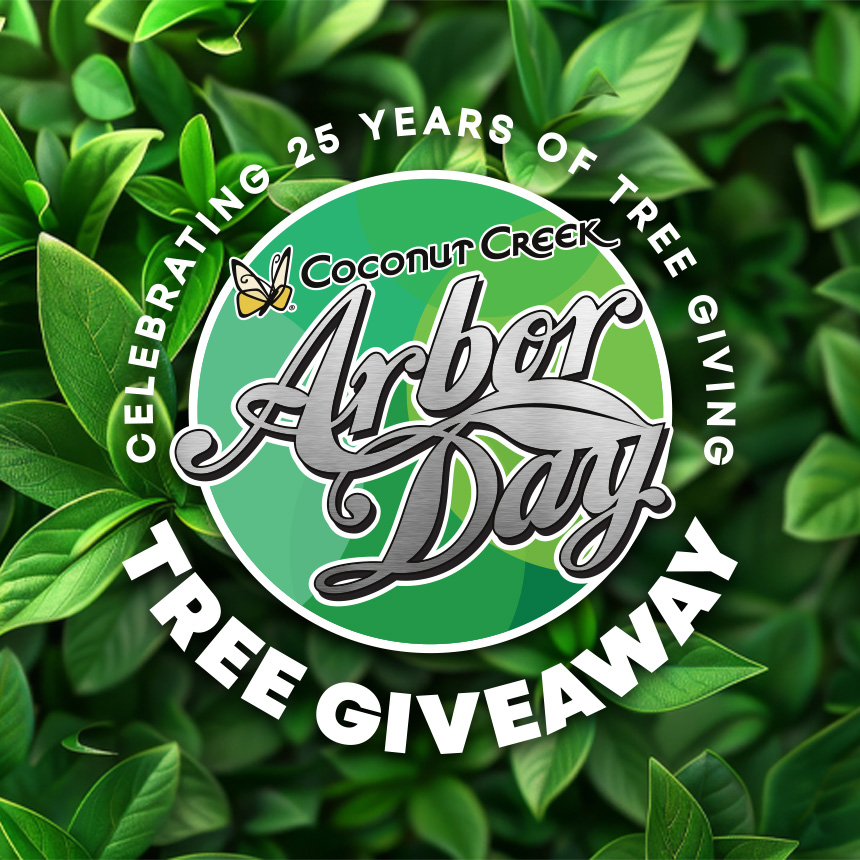Landscaping & Urban Forestry

Dedicated to creating vibrant, sustainable outdoor spaces that enhance quality of life throughout the community.
Our Landscaping and Urban Forestry Division oversees landscaping efforts that beautify public spaces, promote environmental health, and provide welcoming areas for residents and visitors alike.
Through tree preservation and urban forestry programs, we work to protect and expand the city’s tree canopy, ensuring long-term benefits for both people and wildlife. Trees and landscaped areas help clean the air and water, provide shade that conserves energy, reduce stormwater runoff, and create natural habitats. They also offer recreational spaces, slow winds, and can even lower local temperatures by up to 10 degrees—improving comfort while reducing cooling costs.
Together, landscaping, tree preservation, and urban forestry create a greener, healthier city that supports resilience, sustainability, and community well-being.

Tree Removal or Replacement
Permits may be required for removing or replacing trees. It is best to consult with the Landscape Inspector before removing a tree. A permit is not needed to remove a tree with a trunk diameter of less than 18 inches (measured at 4.5 feet above ground). However, a permit is necessary for removing street trees, historical trees, or previously preserved trees regardless of size. Replacing removed trees might be required to maintain minimum tree counts.
Tree Replacement Guidelines
Before removing or replacing landscaping, seek approval from the City, and your HOA or property manager. Replacement trees must meet size and quality requirements with a portion of the landscape material being native to Florida. Contact staff for guidance on replacements.

Street and Neighborhood Trees
Street trees, which are the community trees lining the street to create a consistent theme, do not count towards your lot’s tree count. Most street trees are the responsibility of the property owner, even if they are planted in the right-of-way. Some HOAs may handle the maintenance of street trees, so check with your HOA or property management team before undertaking any tree care. The City does not maintain street trees.

Hedge Height Requirements
Hedges in the front yard setback should be maintained at a height of 30 inches or less, while those in the side or rear setbacks should not exceed 8-feet in height.

Annual Arbor Day Free Tree Giveaway
The City of Coconut Creek celebrates Arbor Day with our annual free tree giveaway. It's become a tradition for the past 25 years with Coconut Creek residents. There is a wide selection of Florida-friendly, native, and flowering trees, expert tips on tree planting and care from local horticulture specialists, educational resources on water conservation and eco-friendly landscaping, giveaways, kids’ activities, and more!
| Lot Size (sq/ft) | Minimum Required Number of... | |
|---|---|---|
| Trees | Shrubs | |
| 4,001 - 6,000 | 3 | 18 |
| 6,001 - 8,000 | 4 | 24 |
| 8,001 - 10,000 | 5 | 30 |
| 10,001 - 12,000 | 6 | 36 |
| Category | Specifications |
|---|---|
| Category 1 Shade/Canopy Trees | 12' height, 5' spread, 2" minimum caliper. FL #1 or Better: Makes up a minimum 40% of total trees required. |
| Category 2 Intermediate Trees | 10' height, 4' spread, 2" minimum caliper. FL #1 or Better: Makes up a minimum 30% of total trees required. |
| Category 3 Small Trees | 8' height, 4' spread, 1 1/2" caliper. FL #1 or Better: Makes up no more than 10% of total trees required. |
| Category 4 Small Palms | 8' clear trunk minimum; used at 3:1 ratio FL #1 or Better: Makes up no more than 10% of total trees required. |
| Category 4 Large Palms | 8' clear trunk minimum; single palm counts as one tree See Recommended Tree List for details |
Palms typically do not provide significant canopy and smaller palms must be used in groups of three to count as one replacement tree. Small palms should be planted at staggered heights. "Clear trunk" means that there is 8 feet of height before palm fronds emerge from the trunk. If any palms are used, they can constitute no more than 50% of the total required trees.
Note: Trees planted outside your property lines do not count towards your lot’s tree requirement, and trees should not be planted in the lake maintenance easement. Corner lots need an additional tree planted in the side yard and additional shrubs must be used to screen equipment such as A/C pads, irrigation systems, pool equipment, and FPL boxes.
City’s Code of Ordinances
For landscape requirements, refer to Chapter 13, Sections 442-450 of the Coconut Creek’s Code of Ordinances available online at Municode.com.
